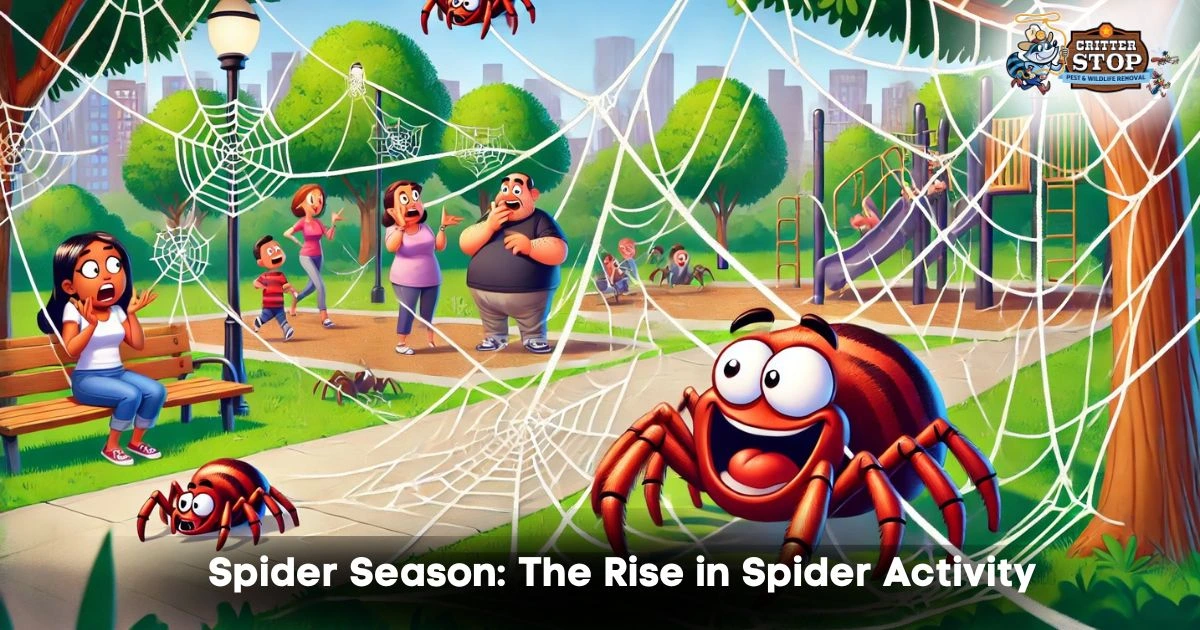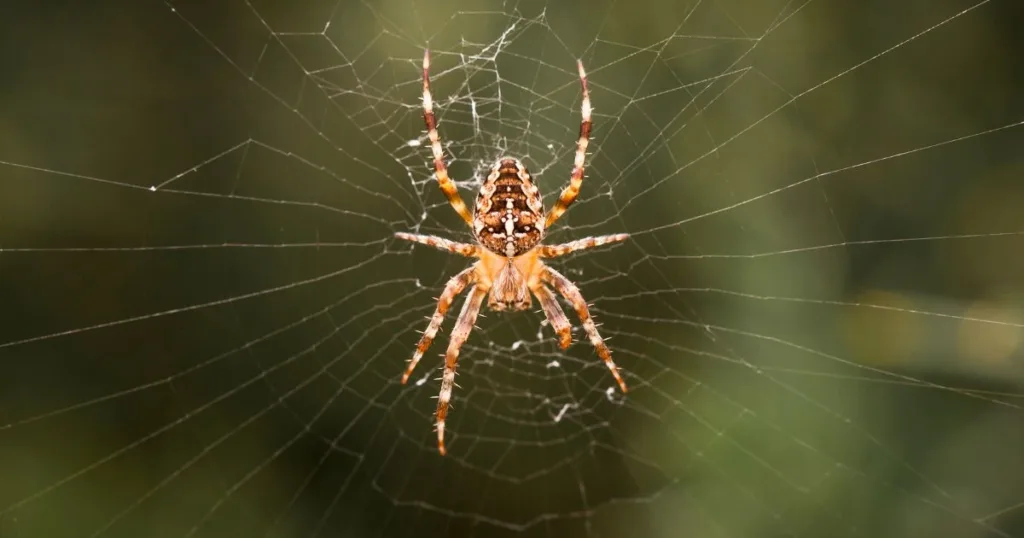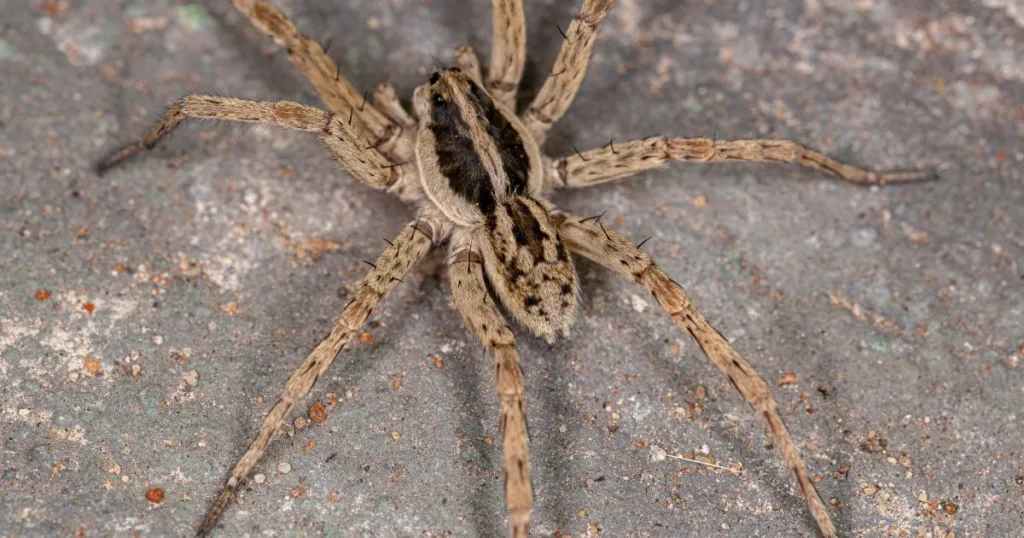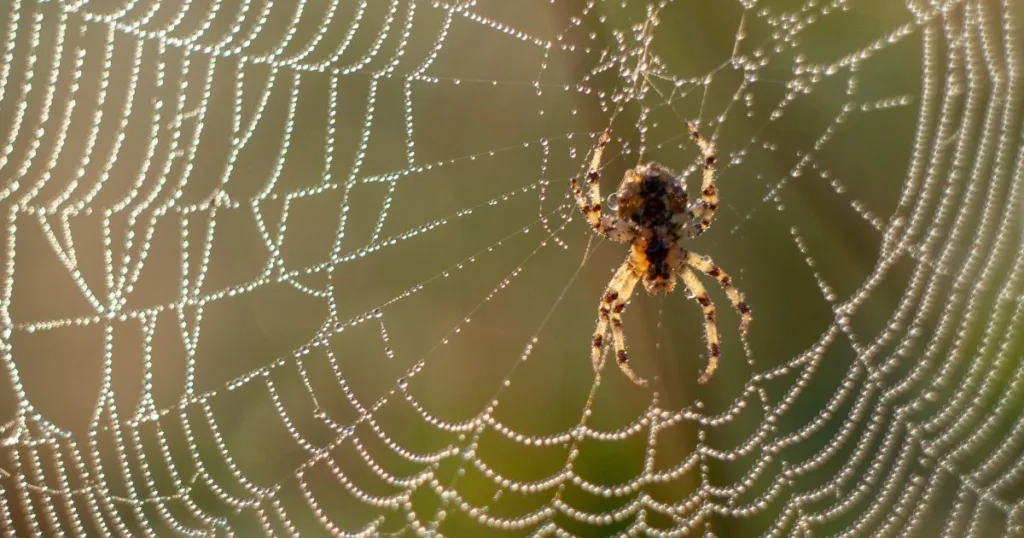
As the weather warms up, you may notice an increase in spider activity around your home. Spider season varies by region but typically occurs in late summer to early fall. This time of year brings an abundance of spiders as they seek food and mates, making encounters more frequent.
Understanding the timing of the spider season can help you prepare and clear away potential nesting sites. During this period, you might spot more webs and adult spiders in unexpected places, prompting curiosity and concern among homeowners.
Many species emerge during spider season, including harmless garden spiders and the occasional more concerning type. Knowing when spider season occurs can help you better manage your living environment and respond appropriately to any eight-legged visitors.

Spider season refers to the time of year when spider activity peaks, commonly coinciding with environmental changes—various factors influence when you might notice more spiders in your surroundings.
Spider season is typically characterized by increased visibility and spider activity. Many species become more noticeable, including typical house and garden spiders. This heightened activity can be due to mating behaviors as male spiders seek females for reproduction.
In urban areas, webs appear more frequently, especially in corners of homes, garages, and gardens. Spiders play a crucial role in controlling insect populations, making their seasonal activity beneficial despite potential discomfort for some individuals.
Spider season commonly occurs in late summer to early fall, peaking between August and October. Factors such as temperature, humidity, and food availability influence these timings.
In warm climates, spider season may begin earlier and extend longer. You can often predict an increase in spider sightings after rainy spells, which lead to more food sources like insects. Weather conditions significantly impact spider reproductive cycles, making it essential to observe local patterns for the best understanding of spider season.

Spider season typically occurs in late summer to early autumn, when many spider species are most active. Recognizing the signs and their impact on your environment can help you stay informed and prepared.
You may notice increased spider activity in your home and garden during spider season. Look for webs in corners, around doorways, and in outdoor areas. Common signs include:
Knowing the migration patterns of species like the black widow or brown recluse can help you identify potential safety concerns.
Spider season can significantly influence human activities. As spiders seek mates and food, they often invade homes and gardens. Both beneficial and harmful species can be present.
To minimize unwanted interactions, consider these actions:
Being proactive can create a more comfortable living space during spider season.

During spider season, it is common to see more spiders in and around your home. Here are some effective methods to reduce their presence.
Critter Stop can be reached at (214) 234-2616. Their exceptional customer support and quality work will effectively address any pest concerns.
Understanding spider season involves recognizing signs of activity, knowing when it occurs, and learning how to manage it effectively. Here are some common questions and answers regarding this seasonal phenomenon.
You may notice more webs around your home, particularly in corners and under eaves. Increased sightings of spiders moving indoors or in gardens often indicate higher local activity. Look for clusters of spider eggs, which signal the arrival of spider season.
Spider season typically peaks in late summer to early fall, varying by region. To prevent spiders from entering your home, seal cracks in windows and doors and remove outdoor debris. Regularly cleaning your home can also deter spiders from settling in.
Check local weather patterns and spider activity reports to determine if spider season has begun. In many areas, activity starts in late summer and can peak in fall. If temperatures drop unexpectedly, spider activity may be delayed.
Spider season is when spider activity increases due to favorable weather conditions. During this time, pest control strategies may shift to target spiders and their food sources, such as insects. Effective management includes both prevention and targeted treatments.
Weather patterns significantly influence spider activity and breeding cycles. Warm, humid conditions generally lead to increased spider populations. Conversely, colder temperatures can hinder growth and delay the onset of spider season in certain areas.
Visit our Critter Library and learn more about our furry friends